April 06, 2022 – Since the invention of the automobile in 1886, Mercedes-Benz has repeatedly set standards in vehicle safety with new innovative technologies. Safety is a core element of the Mercedes-Benz brand.
,xPosition=0,yPosition=0.5)
Mercedes-Benz DRIVE PILOT
Mercedes-Benz AG
Mercedesstraße 120
70372 Stuttgart
Germany
Phone: +49 7 11 17-0
E-Mail: dialog@mercedes-benz.com
Please send queries about content on this website to any contact. You can address your concerns to us in English and your respective national language.
Represented by the Board of Management:
Ola Källenius, Chairman; Jörg Burzer, Mathias Geisen, Olaf Schick, Michael Schiebe, Britta Seeger, Oliver Thöne, Harald Wilhelm
Chairman of the Supervisory Board: Martin Brudermüller
Court of Registry: Stuttgart; commercial register no. 762873
VAT ID: DE 32 12 81 763
All information about our products can be found on your country-specific Mercedes-Benz product page.
,xPosition=0,yPosition=0.5)
Mercedes-Benz DRIVE PILOT
April 06, 2022 – Since the invention of the automobile in 1886, Mercedes-Benz has repeatedly set standards in vehicle safety with new innovative technologies. Safety is a core element of the Mercedes-Benz brand.
The company has been offering advanced driver assistance systems (SAE Level 2) in its vehicles for years. They can make life considerably easier in many everyday situations, providing support in areas such as speed and distance control, steering and lane changes. In December 2021, Mercedes-Benz was the first automotive manufacturer worldwide to secure internationally valid system approval for conditionally automated driving (SAE Level 3). What’s more, when it comes to parking, Mercedes is going one step further with pre-installation of INTELLIGENT PARK PILOT, which will enable highly automated parking (Automated Valet Parking; SAE Level 4).

Through efficiency, we achieve more from less – and that includes sustainable luxury that is both digital and physical. With DRIVE PILOT, our Level 3 conditionally automated driving system, our customers gain the most valuable asset – time. In a first step, we are offering this world-leading technology to our customers in Germany, but will be rolling it out in the US as well by the end of this year if the legal and regulatory framework allows.
Markus Schäfer
Member of the Board of Management of Mercedes-Benz Group AG, Chief Technology Officer responsible for Development and Procurement.

With "Intelligent Drive", the automaker bundles a wide range of driver assistance systems for partially automated driving (SAE-Level 2). The “DISTRONIC” Active Distance Assist can automatically maintain the preselected distance to vehicles ahead on all road types. Active Steering Assist provides lane-following support in the speed range up to 130 mph (210 km/h), while Active Lane Keeping Assist uses a camera to detect lane markings and lane edges in the speed range from 37 to 155 mph (60 to 250 km/h) and helps to avoid unintentional lane departure. Active Lane Change Assist provides cooperative support when changing to the adjacent lane. In conjunction with DIGITAL LIGHT, intuitive lighting is also provided at night. Active Emergency Stop Assist brakes the vehicle in its own lane to a standstill if it detects that the driver is permanently disengaged from the road while driving.
As part of the standard Active Lane Keeping Assist system, this works even if “DISTRONIC” Active Distance Assist with Steering Assist is not switched on. Active Brake Assist uses the sensors installed in the vehicle to register whether there is a risk of collision with vehicles ahead, crossing or oncoming. In the event of an impending collision, the system can warn the driver visually and acoustically. If the driver's braking is too weak, it is also possible to support him or her by increasing the braking force in line with the situation, as well as initiating autonomous emergency braking if there is no reaction from the driver. With these and many other intelligent systems, Mercedes-Benz is not only setting standards for safety technologies in automotive engineering, but is also taking an important step further on the road to autonomous driving.
In December 2021, Mercedes-Benz became the first automotive company in the world to meet the demanding legal requirements of the international UN-R157 for a Level 3 system enabling conditionally automated driving. Mercedes-Benz is initially offering DRIVE PILOT in Germany, where 13,191 kilometres of motorway are approved for conditionally automated driving.
It initiates a radical paradigm shift that permits the vehicle to take over the dynamic driving task under certain conditions in heavy traffic or congestion situations on suitable sections of freeway currently up to a speed of 60 km/h. This ultimate luxury experience enables customers to win back precious time when in the car through relaxation or productivity. For instance, they can communicate with work colleagues via in-car office tools, write messages and emails via the head unit, browse the internet or just sit back, relax and watch a movie.
DRIVE PILOT has been available in Germany for S-Class and E-Class models since May 2022. Mercedes-Benz has also become the first automaker to receive corresponding approval in the U.S. states of California and Nevada. DRIVE PILOT will be available on the U.S. market as an optional extra for S Class and E Class models in model year 2024. The first vehicles are expected to be delivered to customers at the end of 2023.
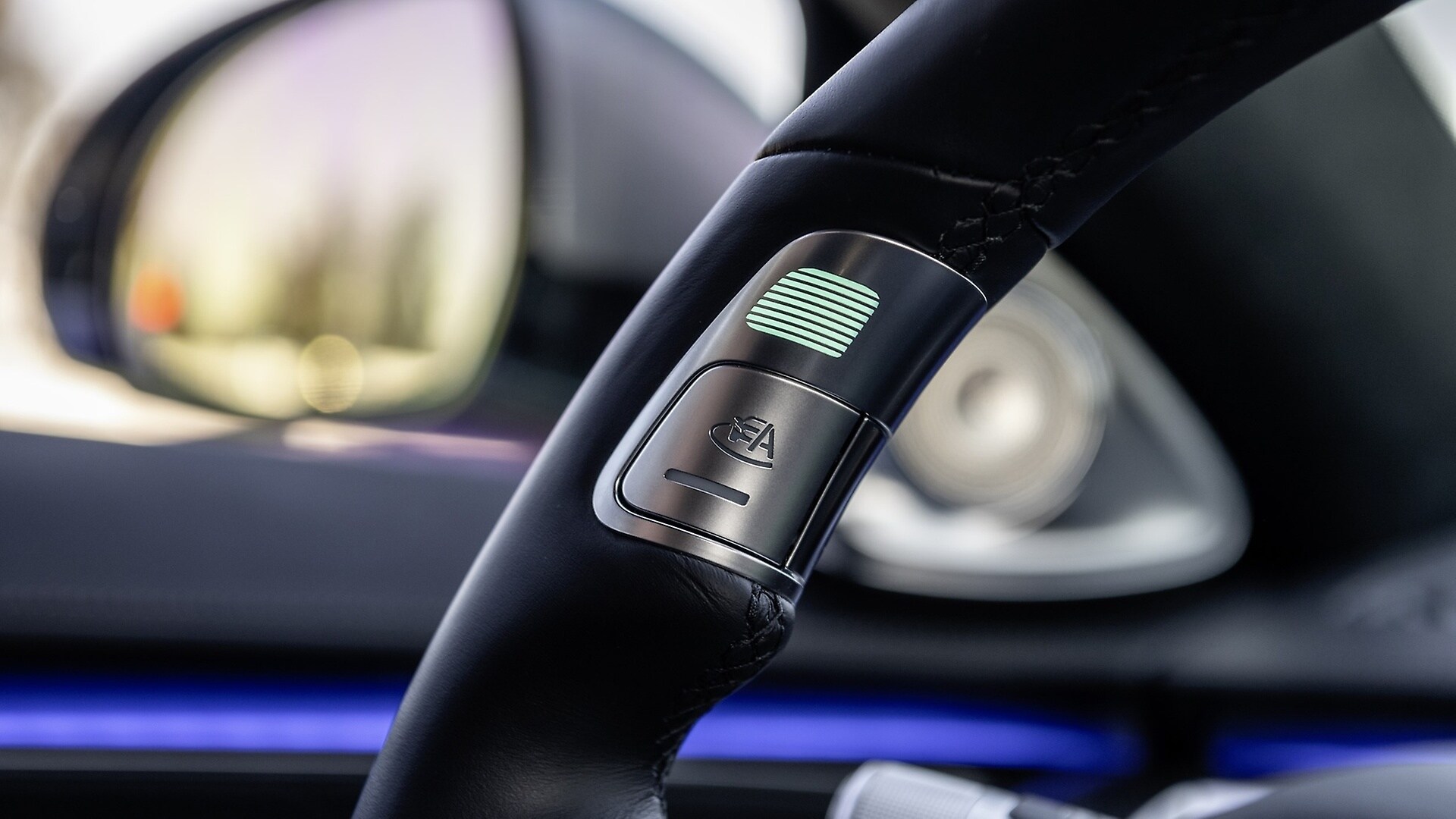
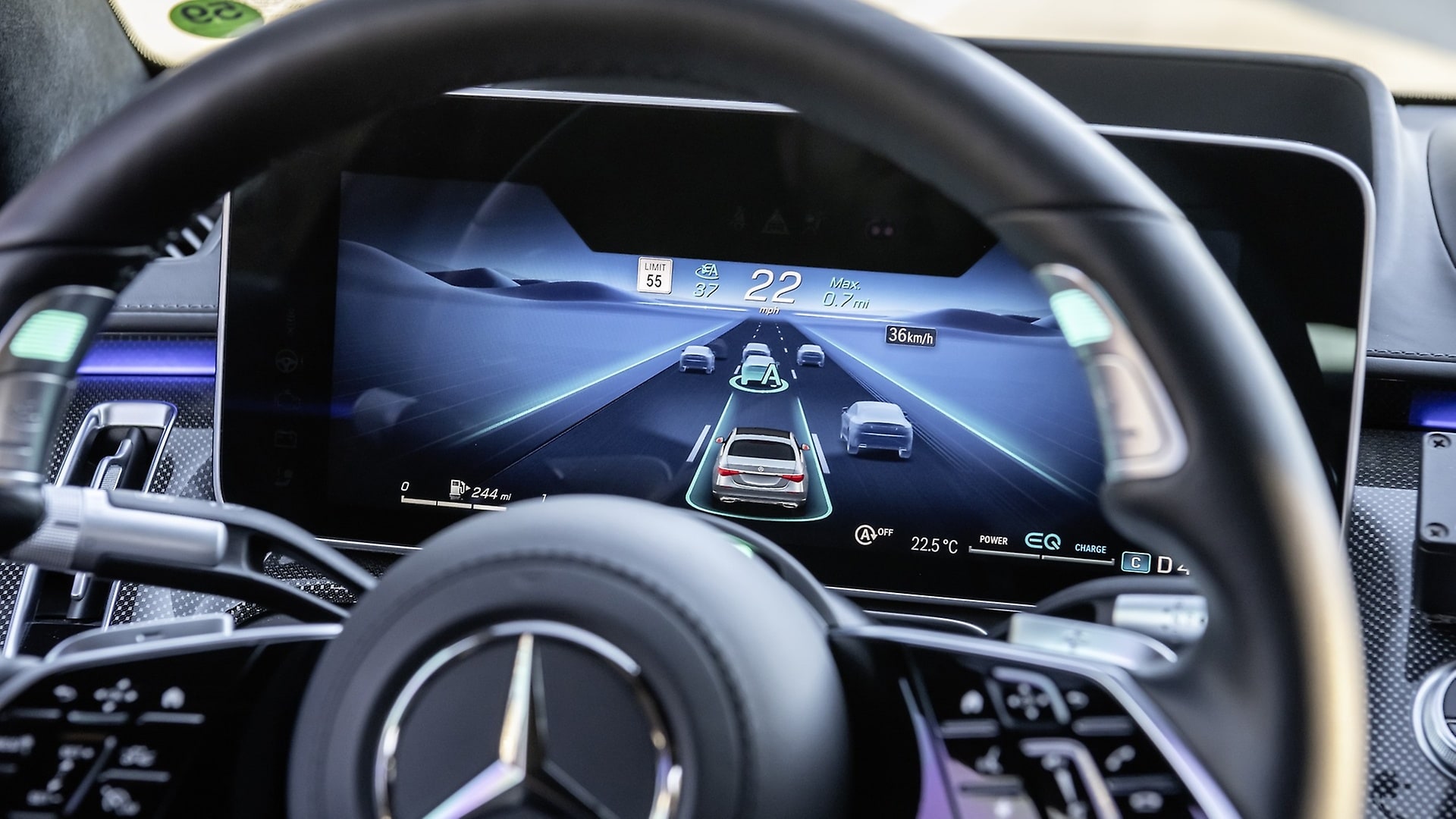
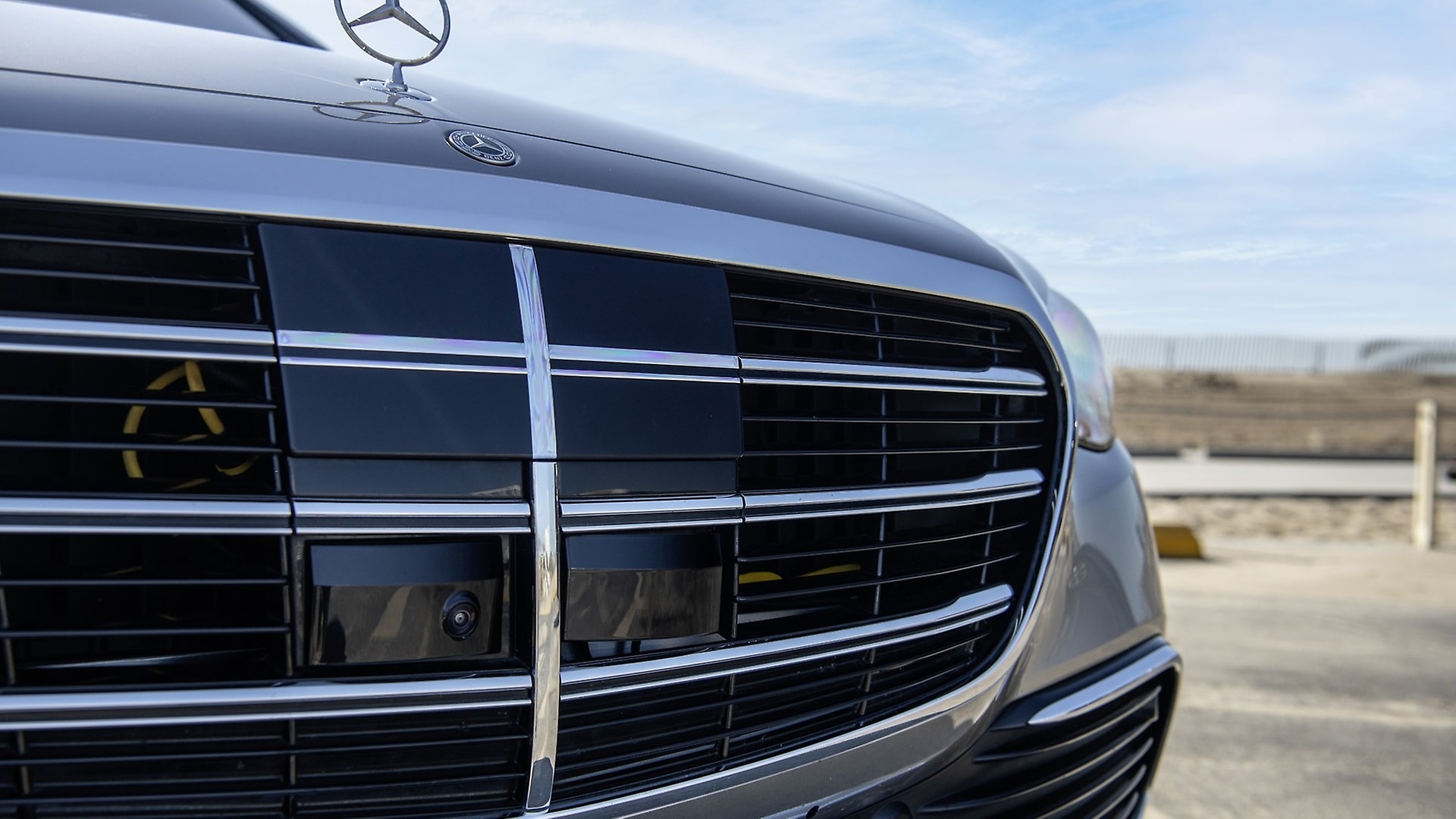
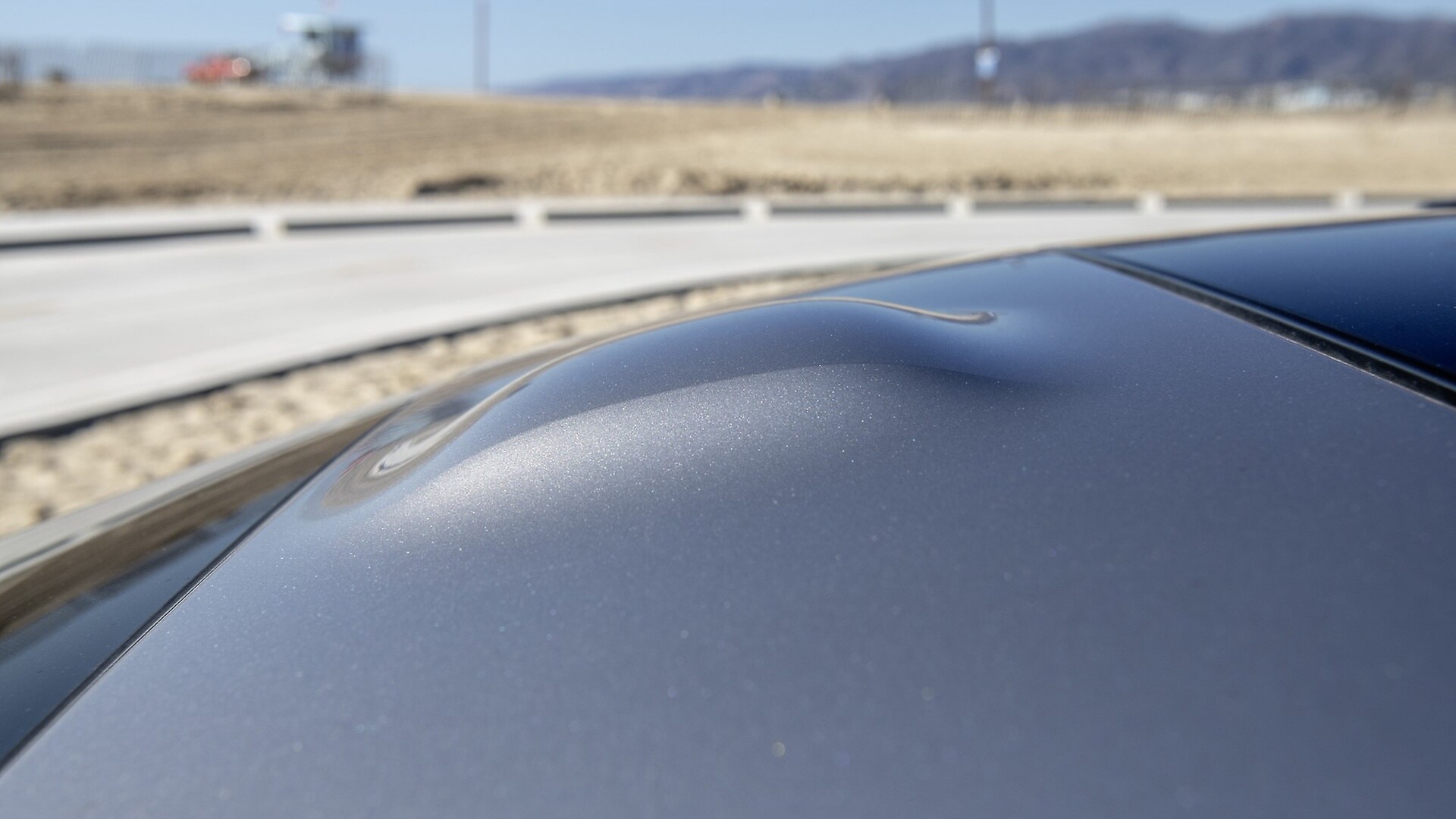
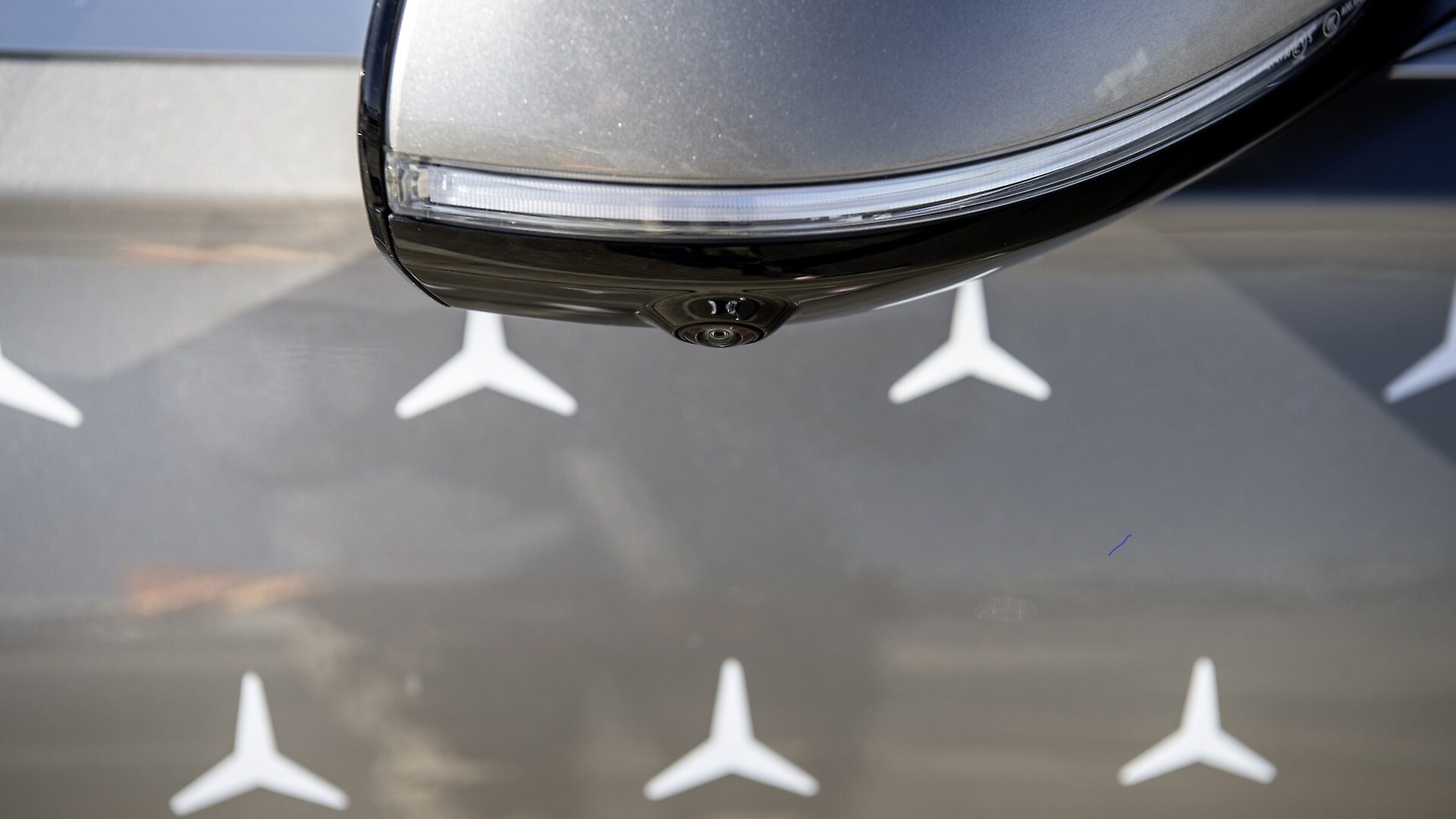
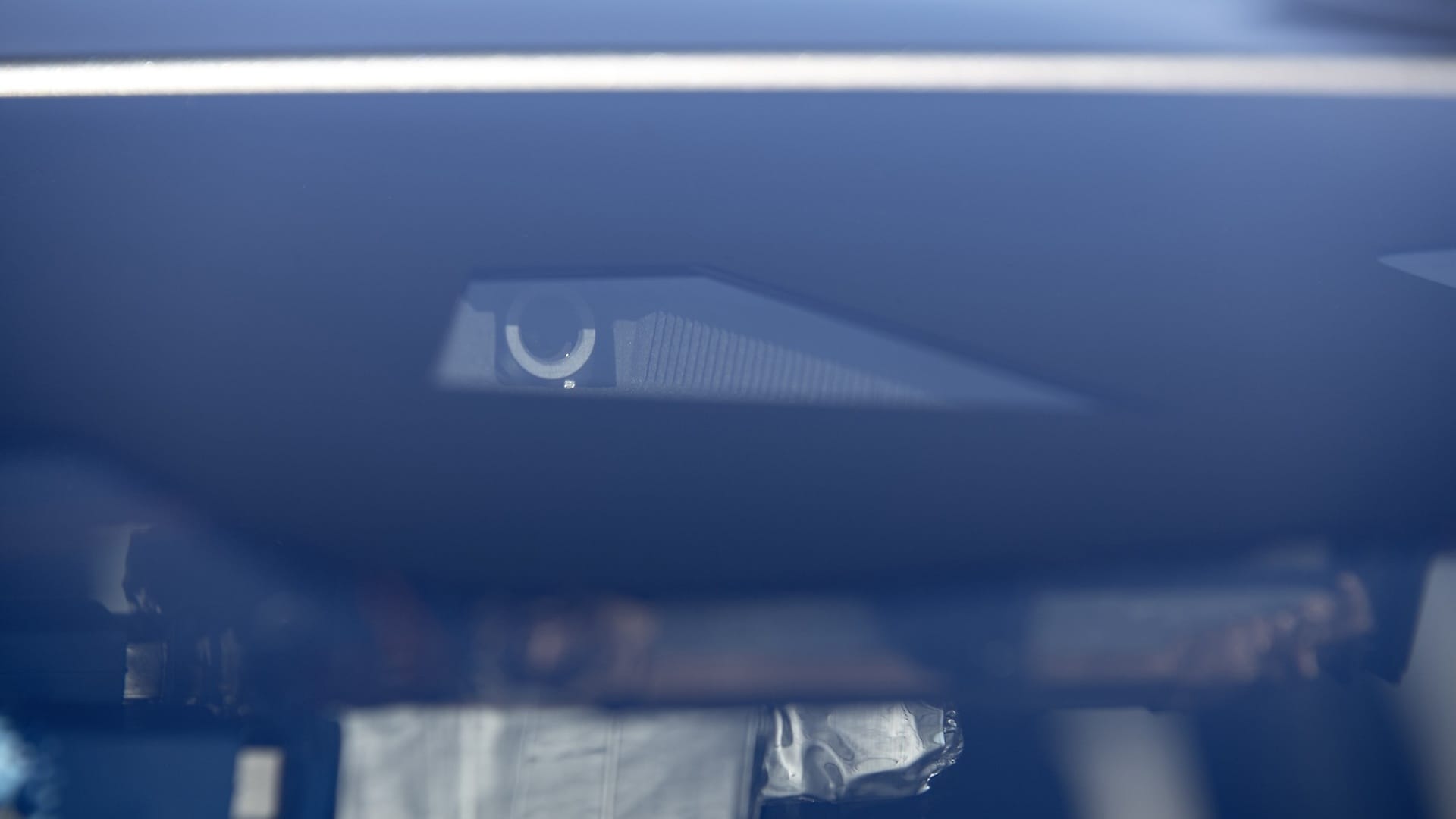

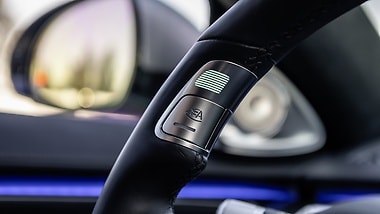


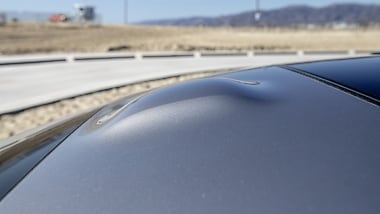

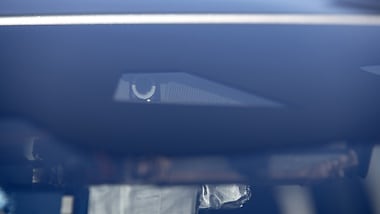

DRIVE PILOT builds on the surround sensors of the Driving Assistance Package and comprises additional sensors that Mercedes-Benz considers indispensable for safe conditionally automated driving. These include LiDAR, as well as a camera in the rear window and microphones, especially for detecting blue lights and other signals from emergency vehicles. There is also a wetness sensor in the wheel well. The S-Class with optional DRIVE PILOT also has redundant steering and braking systems and a redundant on-board electrical system. This ensures that it remains manoeuvrable even if one of these systems fails and enables safe handover to the driver.
The top priority for Mercedes-Benz when introducing such a system is safety, which includes high demands on operational reliability. The exact location of the S-Class is determined using a highly accurate positioning system. This is much more powerful than conventional GPS. In addition, data obtained from satellite navigation are matched with sensor data and data from an HD map. The type of data collected by LiDAR, camera, radar and ultrasonic sensors can include information on road geometry, route characteristics, landmarks or traffic signs.
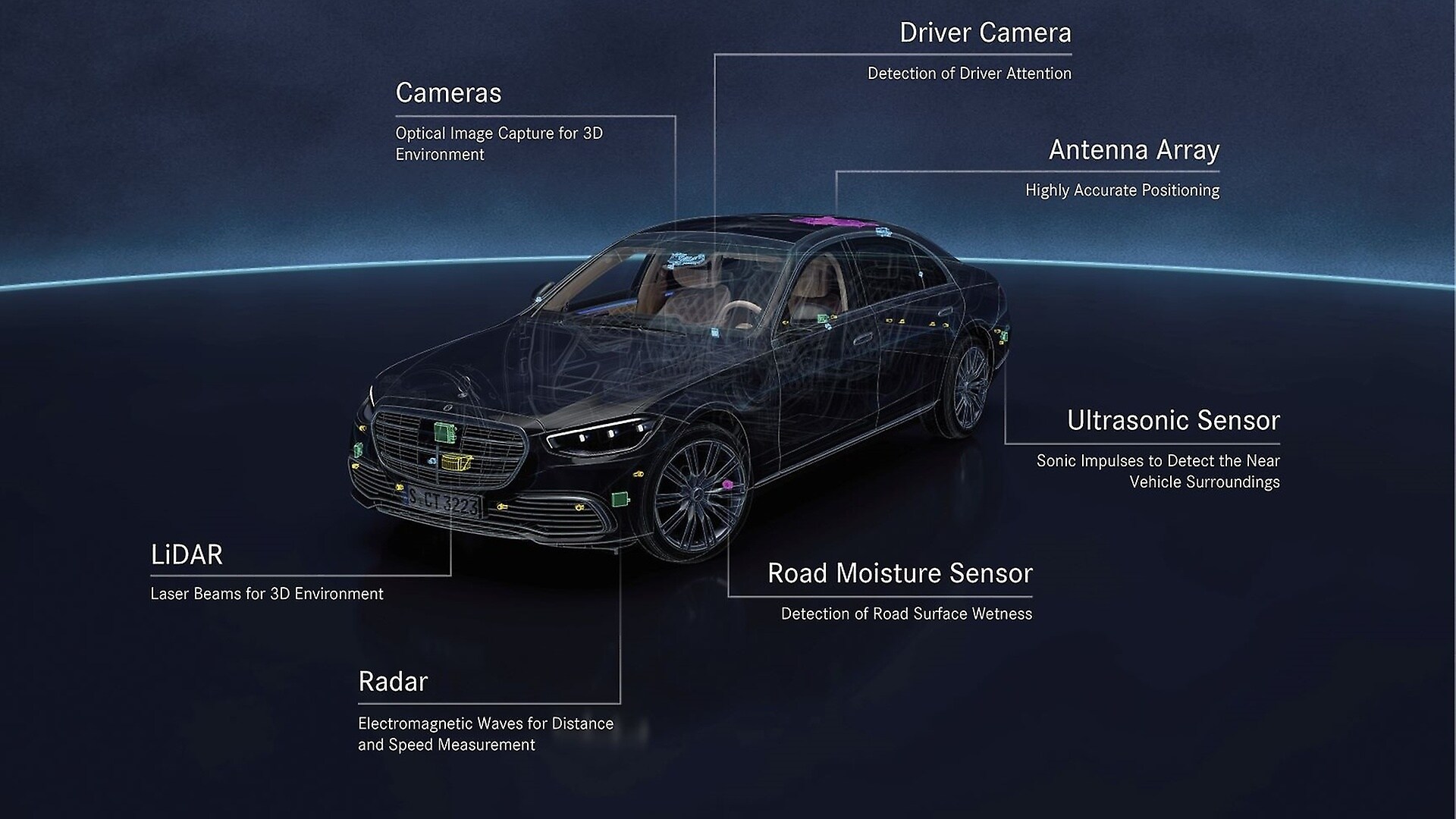
As well as the sensor data, the DRIVE PILOT receives information on road geometry, route profile, traffic signs and unusual traffic events (e.g. accidents or roadworks) from a digital HD map, which provides a three-dimensional street and environment image. The map data are stored in backend data centres and updated constantly. Each vehicle also stores an image of this map information on board, constantly comparing it with the backend data and updating the local data set if necessary. The HD map thus offers stable positioning through a representation of the surroundings independent of factors such as shadows or a dirty sensor. This high-precision map differs from maps for navigation devices through its greater accuracy down to centimetres rather than metres and its detailed intersection and track model among other things.
A powerful central control unit provides the necessary sophisticated software functions for conditionally automated driving. Within the framework of modern security architecture, important algorithms are calculated redundantly.
Our Voluntary Safety Self-Assessment report, “Introducing DRIVE PILOT: An Automated Driving System for the Highway,” provides an overview of how we have built safety into every facet of DRIVE PILOT.
¹SAE Level 3: the automated driving function takes over certain driving tasks. However, a driver is still required. The driver must be ready to take control of the vehicle at all times when prompted to intervene by the vehicle.